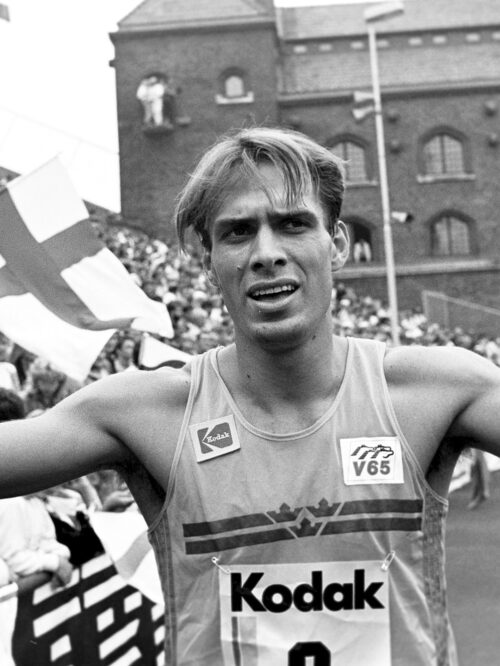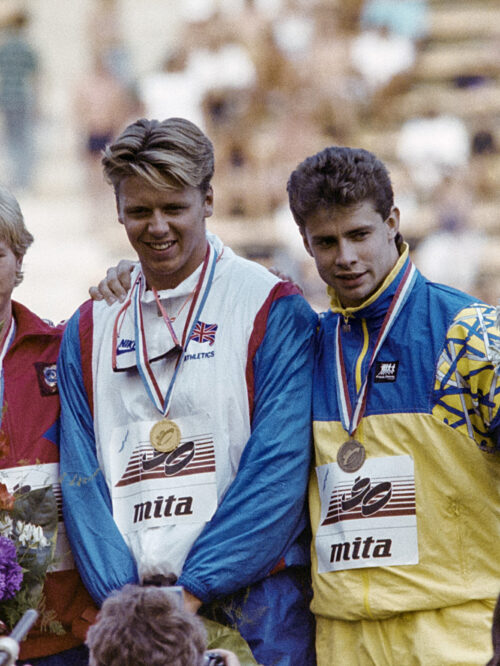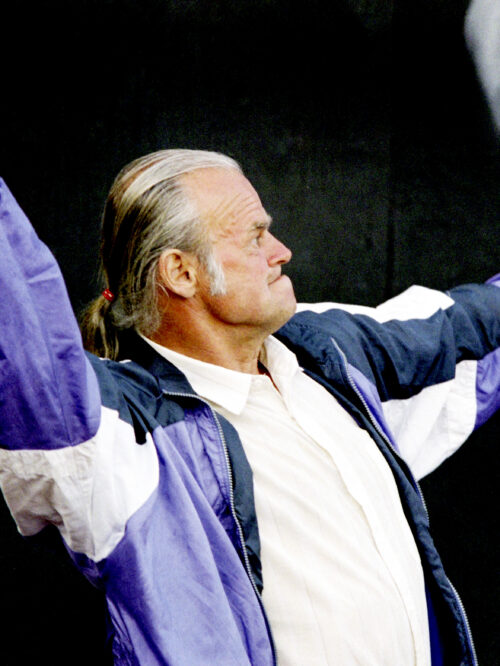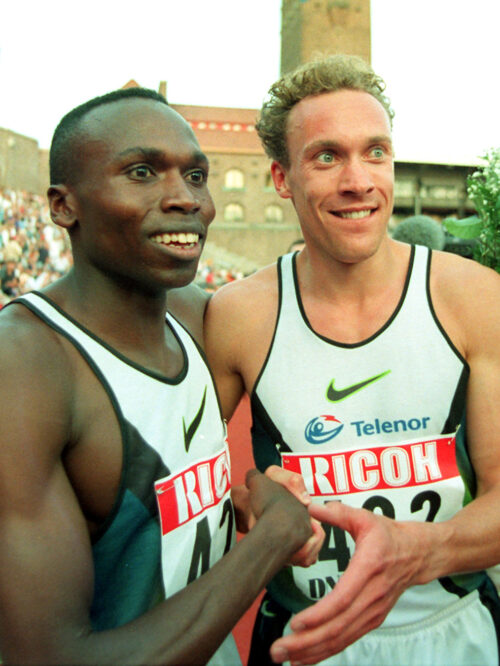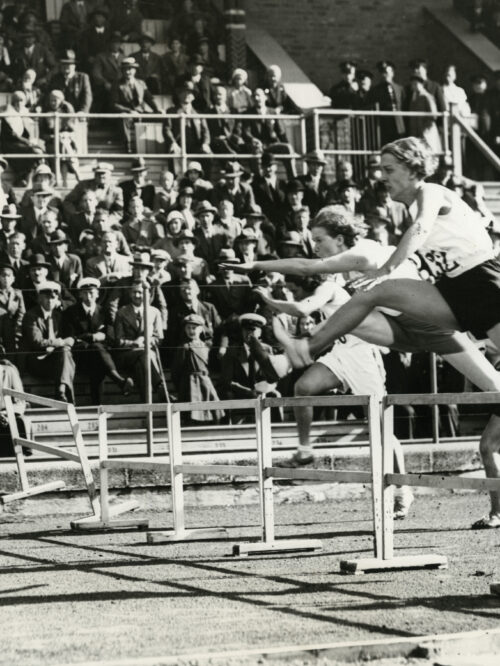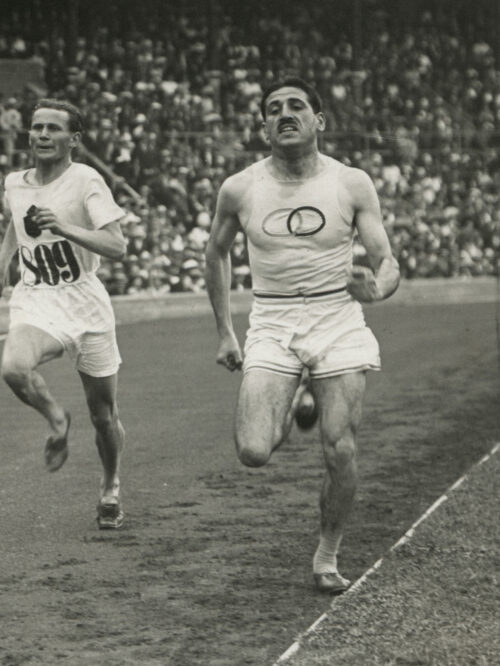The summer of 1928 was something of a fairy tale for the 20-year-old Dalmatian. Barely two weeks after the Olympic gold medal in Amsterdam, a large crowd gathered in the stands of Stockholm Stadium to see and pay tribute to “Målarn” Lundqvist. But the organizers did not expect him to win easily. His opponents were the two most recent Olympic silver medalists, compatriot Gunnar Lindström (1924) and Hungarian Bela Szepes (1928). Szepes had stated in newspaper interviews before the games that his goal was to take revenge on his superior from the games in the Netherlands. Nothing came of it. The Hungarian had clearly overestimated his form on the day, while “Painter” Lundqvist carried out the competition in a magnificent way. Already in the first round he was with a 66-meter throw close to the level that gave him the Olympic gold. The excellent opening was followed by two throws at the level of 67½ meters and you could really feel the expectations of the stadium audience for the remaining three throws. The world record, held by the Finn Eino Penttilä, was 69.88, set just a year earlier in Viborg, Finland. When Lundqvist grabbed the spear to begin his approach in the fourth round, the attention of the entire crowd was on him. With his usual somewhat calm, in many people’s eyes lazy, almost slovenly approach, he advanced towards the infringement line. But there his body was shaped almost like a bow and in a perfect throw he hurled the wooden spear which, vibrating strongly, flew in a mighty arc across the lawn of the stadium castle. When it hit beyond the 70-meter line, an unprecedented cheer erupted! The first approved throw in the world over 70 meters! 71.01 was called out. After this, one might have thought that the “Painter” had no more energy left in his body and arm – but he completed the mighty series of throws with another throw over 69 meters followed by 70.10 in the very last round – all six throws clearly longer than his two competitors! He had clearly confirmed his status as the world’s best.
There was no bright future for Erik Lundqvist after the record year of 1928. He completed his fabulous August month by winning the Swedish Championship. But then problems with self-confidence and shyness meant that he more or less disappeared from the racetracks – well, apart from the occasional appearance, and then primarily at home in Dalarna. But every now and then he grabbed the javelin and his name appeared in the results lists – and eight years later, in 1936, he managed to improve his personal best to 71.16, but it was in obscurity on an autumn day on his home ground in Dalarna.
